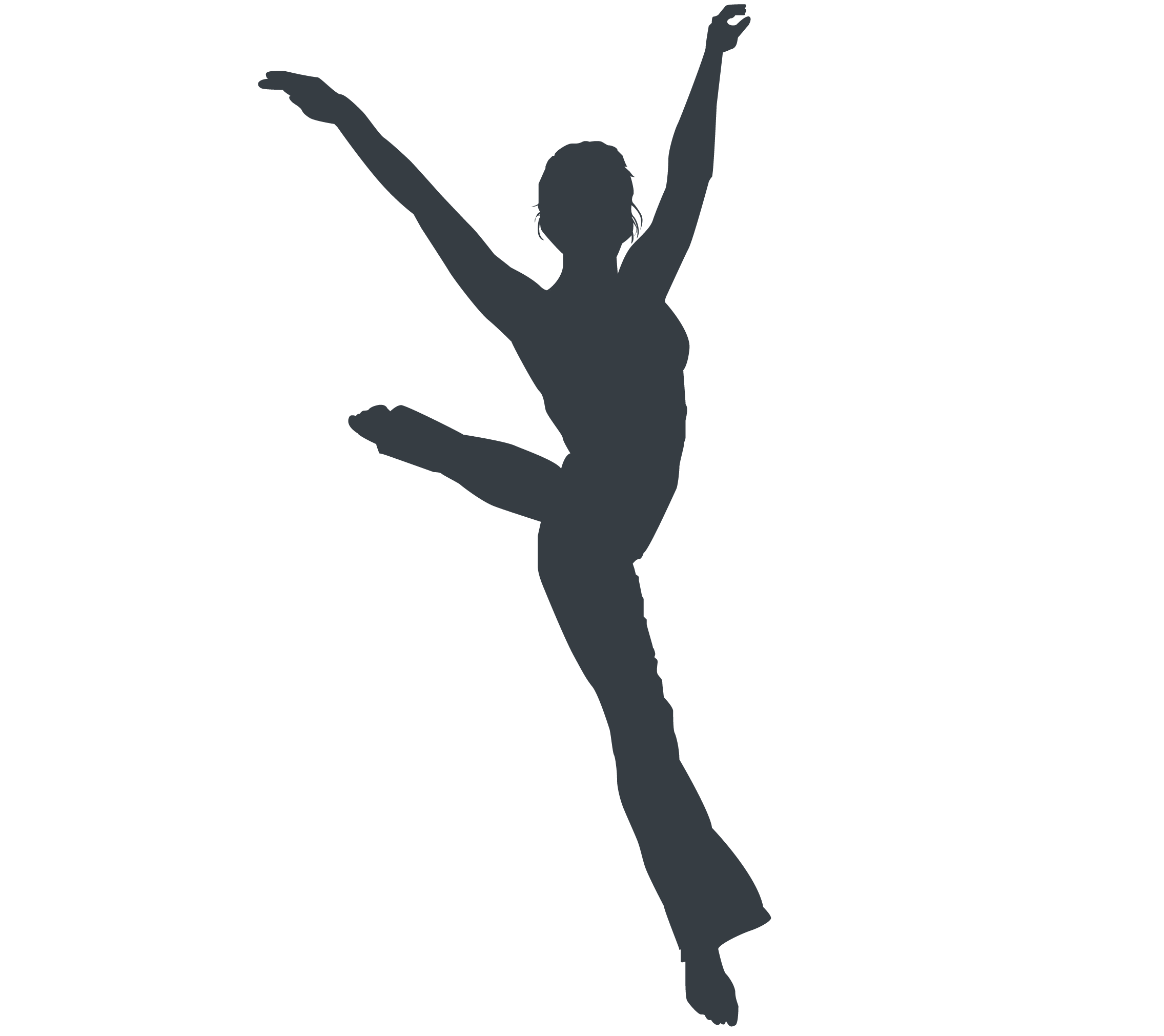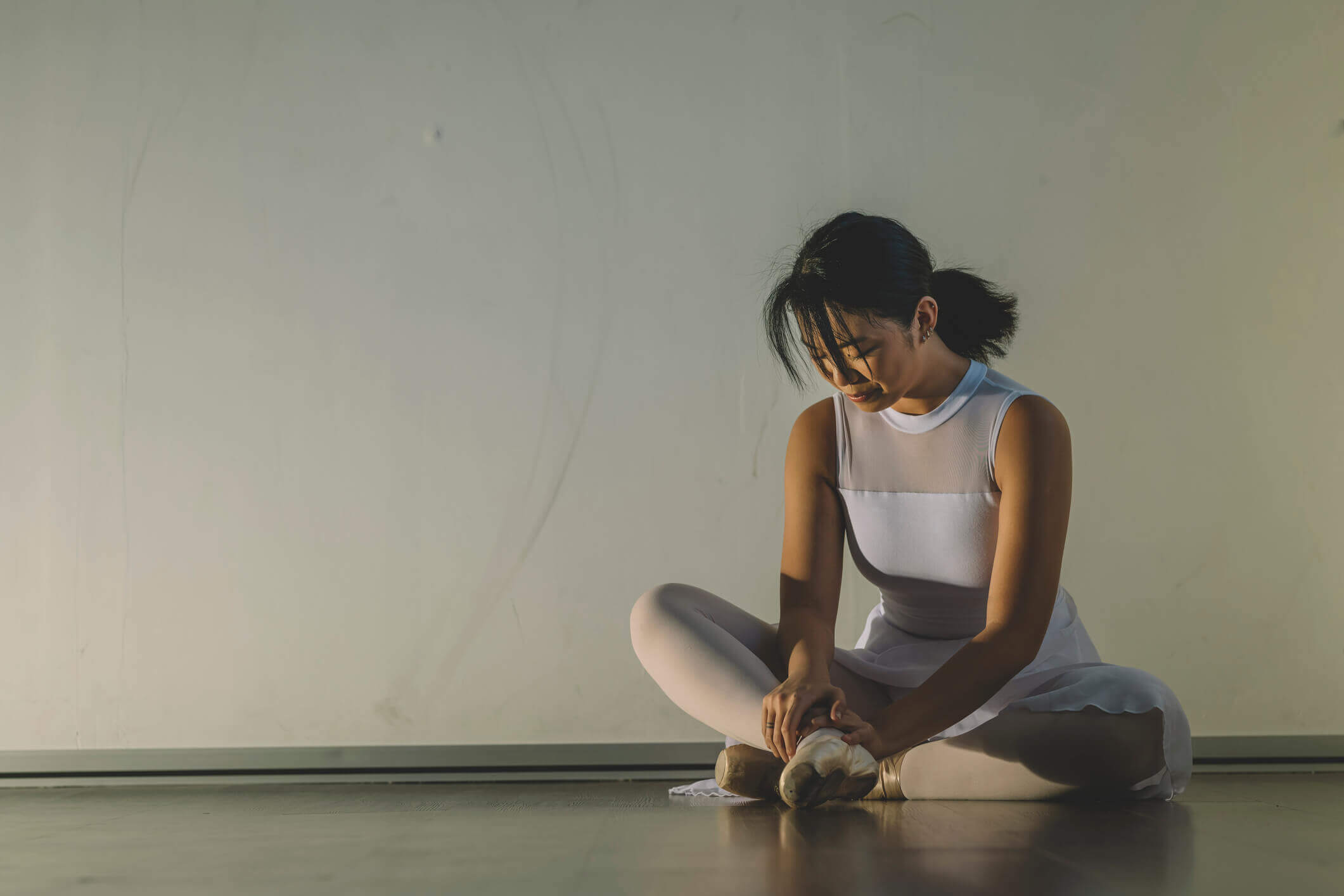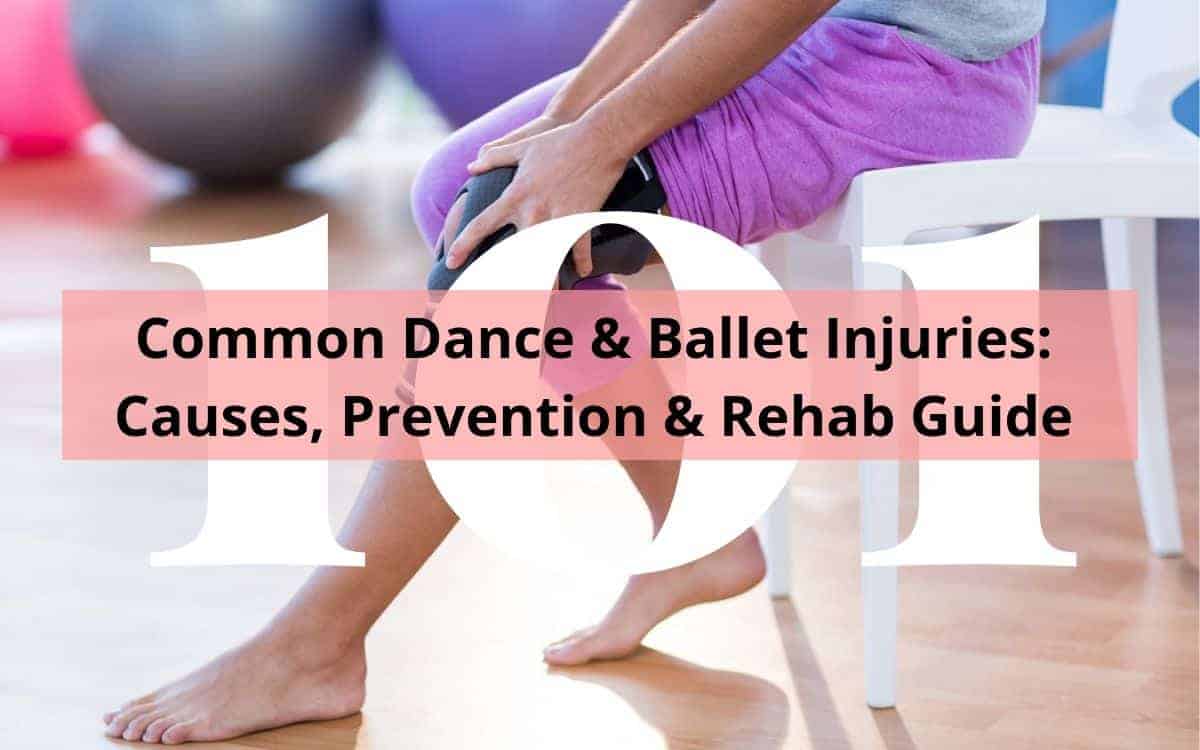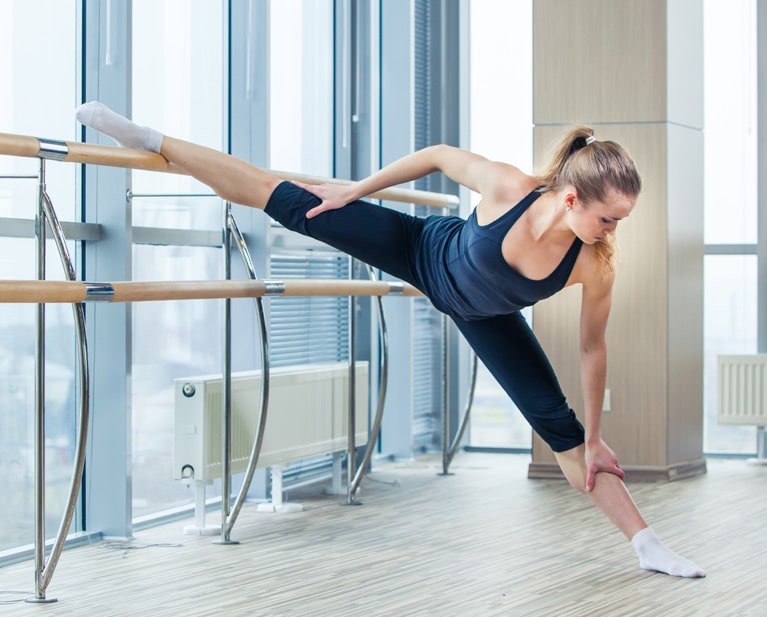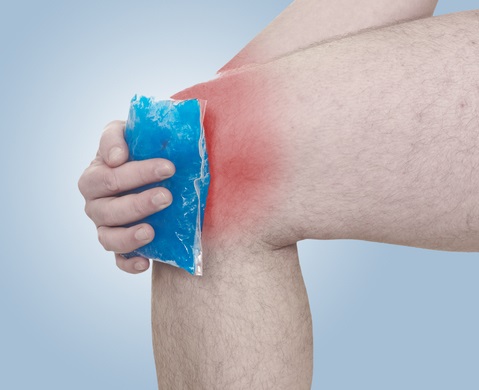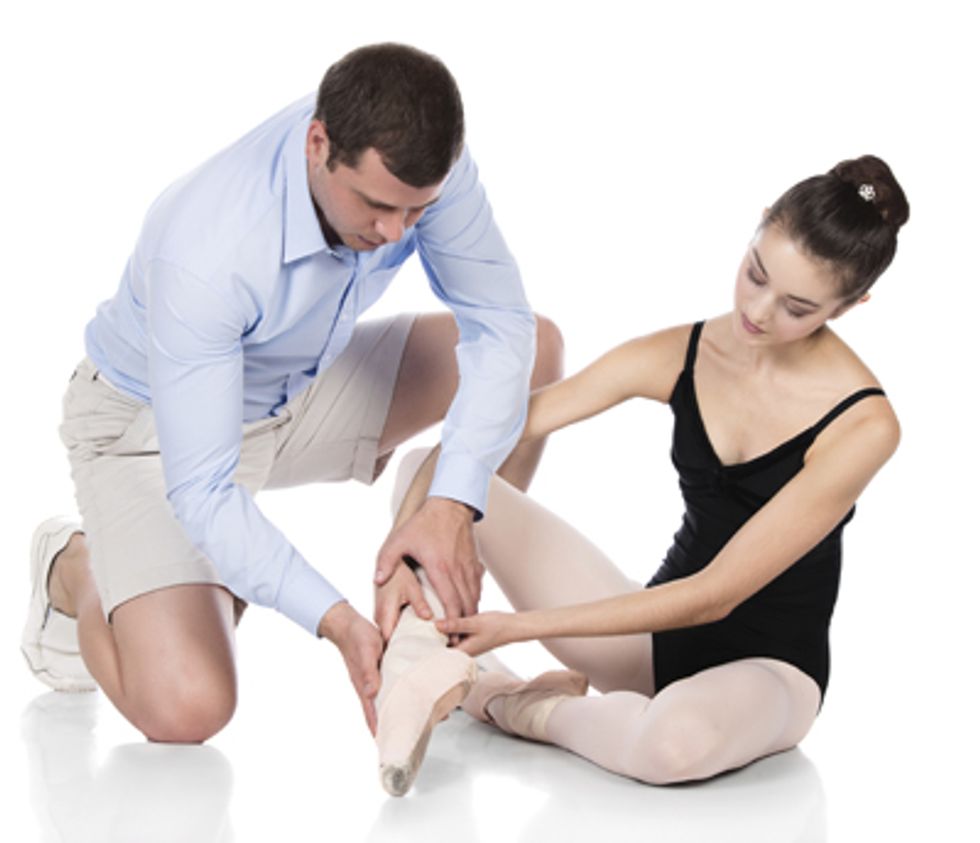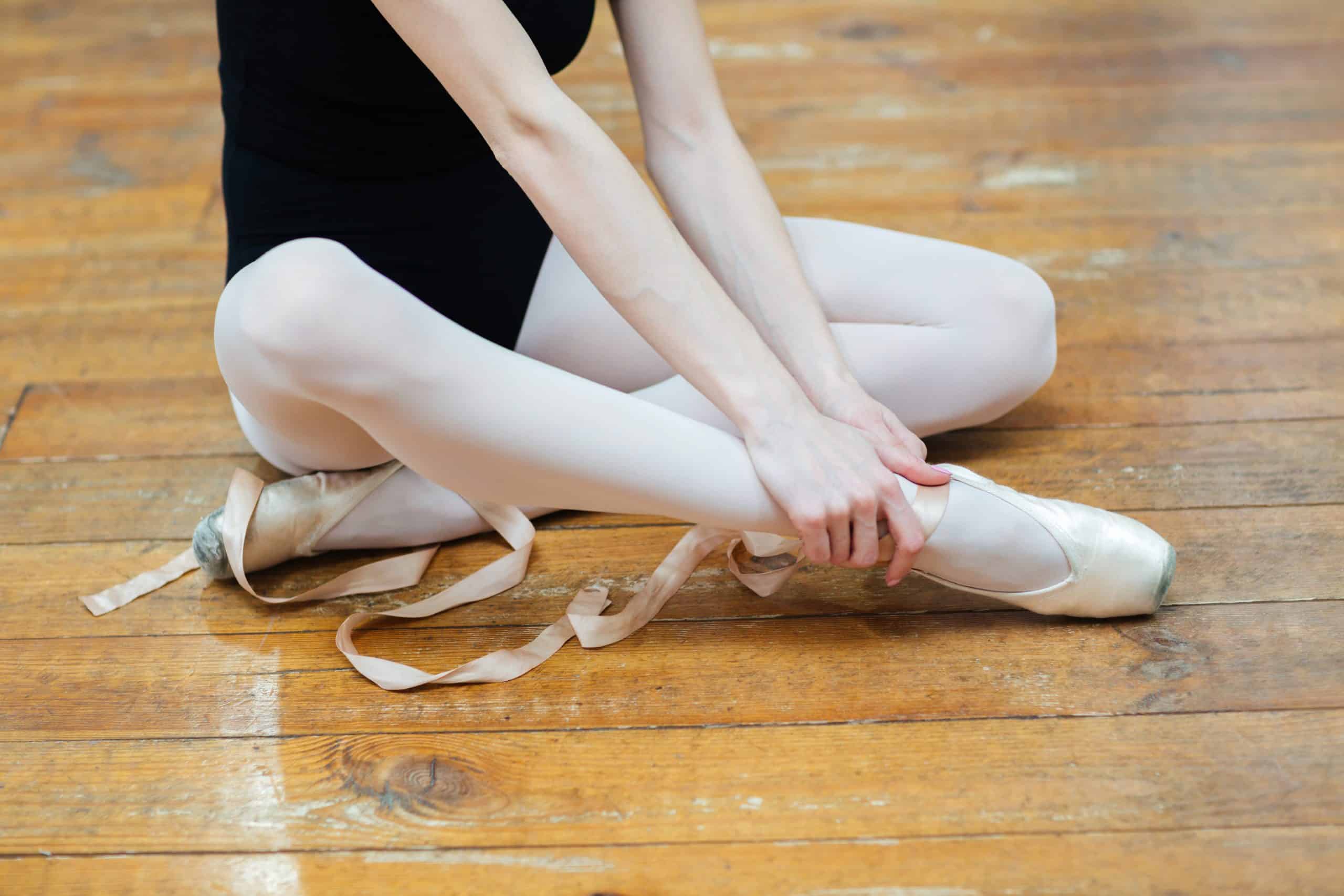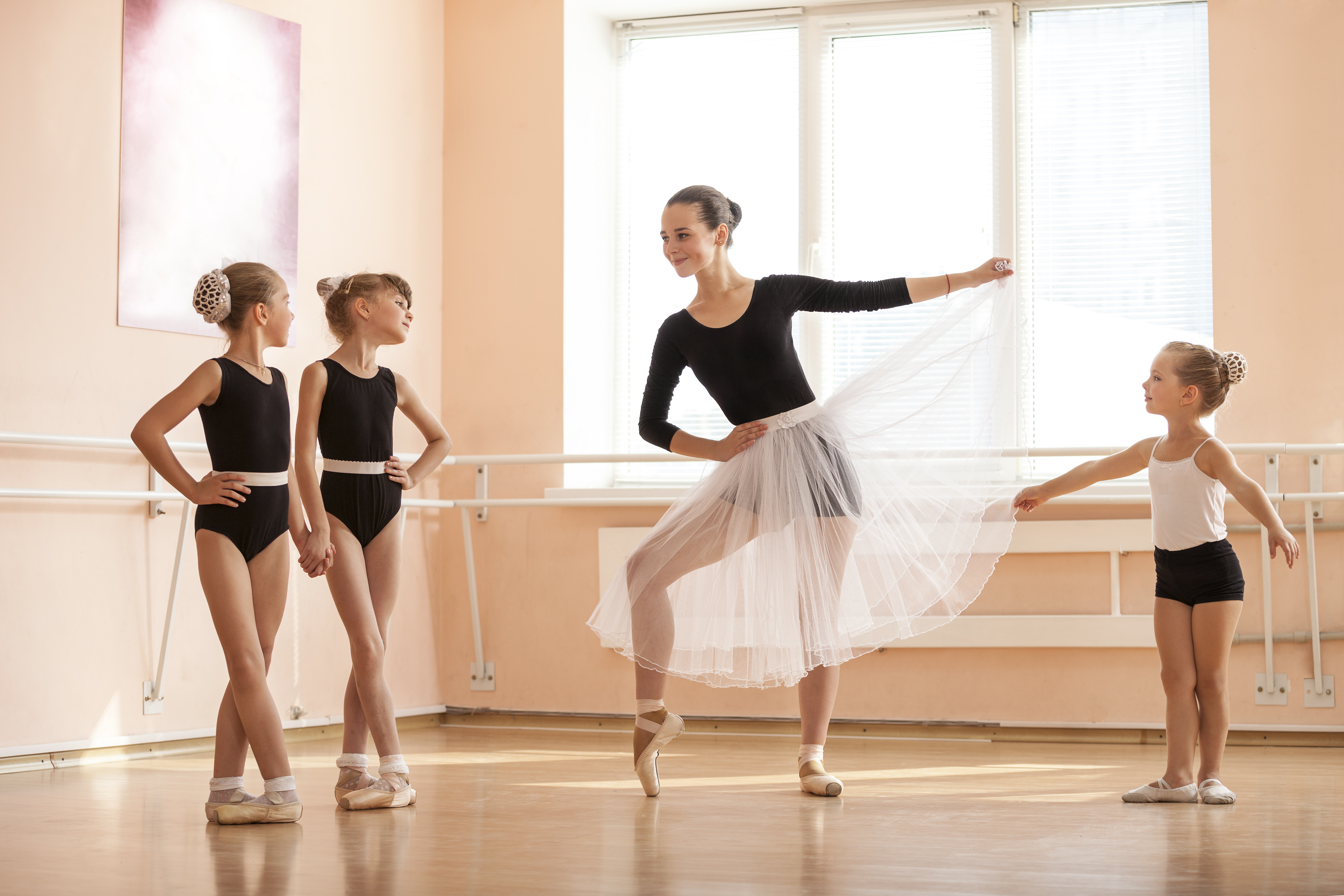Lessons I Learned From Tips About How To Avoid Dance Injuries

Use a foam roller to stretch hip flexors, quadriceps, it band, and glutes.
How to avoid dance injuries. For professional dancers, there is little to no offseason. How to avoid dance injuries. So common in fact that 97% of dancers have reported experiencing at least one significant injury in their dance career to date[1].
Warm up and stretch warming up helps your muscles absorbs quick movements and it. You can't always prevent an injury, so let's talk about the best things you should have on hand in your dance bag “first aid kit”. A dance injury can make it hard to stay motivated, especially during dance competition season.
Choreography that calls for excessive head movement can easily strain dancers’ neck muscles, especially if dancers do not properly use the full spine when. How can dance injuries be. Building muscle strength is the key to preventing traumatic dance injuries.
Ask any doctor, and the best remedy for any overuse injury is rest. Now that we know some of the most common dance injuries — as well as their causes and symptoms — let’s explore the different ways you can work to prevent injuries while. Pilates and yoga are very.
Injury in dance is common. This includes stretches, jumps, kicks and arm movements. Foam rolling your hip flexors, quadriceps, it band, and glutes as well as strengthening your glutes.
Though complete rest may not be a possibility, during competition. Pt with stretching, hip/core strengthening, pelvic. Get yourself an ice pack.
Proper nutrition is always important for dancers of all ages. Luckily, it is usually possible to avoid these injuries by properly warming up before dance routines. Dance is a demanding activity, and the long training sessions plus repetitive movement can increase the risk of injury.
These tips can keep your feet, ankles, hips and knees healthy: To prevent jumper’s knee, focus on strengthening your core and hips to support your knees. The most important thing you can do to prevent injury is to master the movements before you perform them.
Don’t dance through pain and fatigue:






